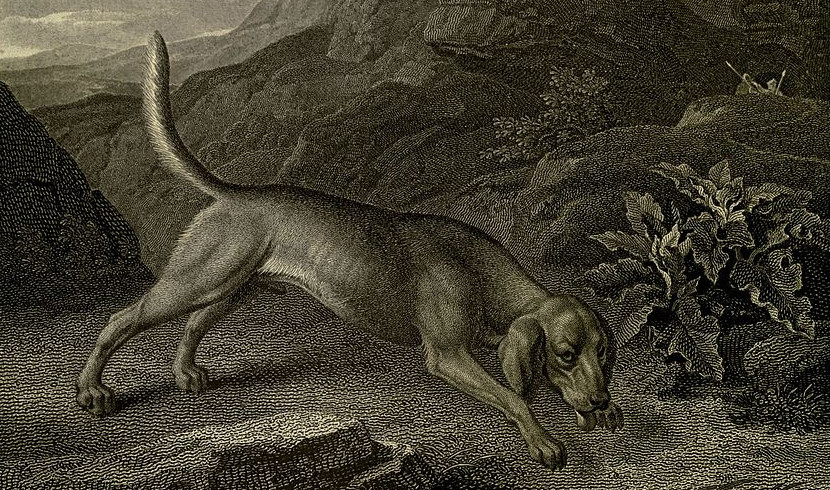
nasute
adj. having a strong sense of smell

nasute
adj. having a strong sense of smell
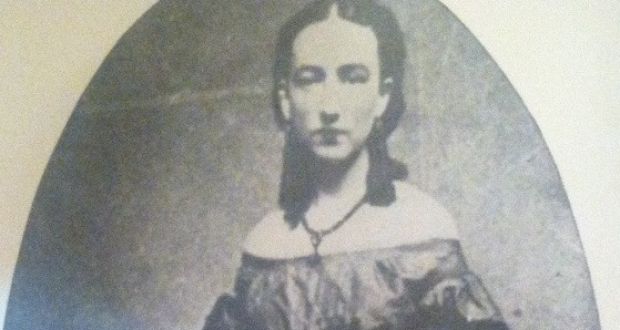
In 1931, a 93-year-old widow was discovered to be hoarding great wealth in New York’s Herald Square Hotel. Her death touched off an inquiry that revealed a glittering past — and a great secret. In this week’s episode of the Futility Closet podcast, we’ll tell the story of Ida Wood, which has been called “one of the most sensational inheritance cases in American history.”
We’ll also revisit the Candy Bomber and puzzle over some excessive travel.
MIT astrophysicist Walter Lewin became renowned for his ability to draw dotted lines on a blackboard.
“The idea is that the chalk should not be too short,” he explained. “You have to push on the board, and if you don’t push too hard, it will jump. If you go a little faster, then you’re in business.”
He explains it further below:
The world’s largest anamorphic illusion is this startling display in Seoul’s Gangnam District. Measuring 80 meters by 20, it runs for 18 hours a day, the creation of design firm d’strict.
Below is another project by the same creators: the “infinity wall” in the lobby of Nexen Tire’s Central Research Institute, also in Seoul.
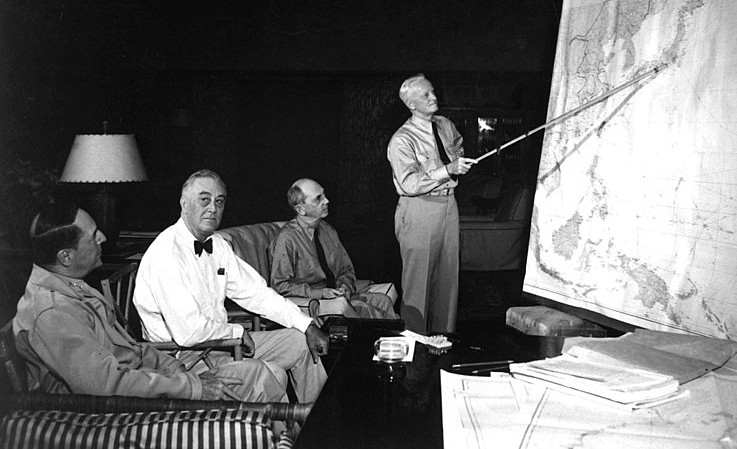
An avid stamp collector in earlier life, Franklin Roosevelt brought a surprisingly detailed knowledge of remote regions to his role as commander-in-chief.
“The president’s knowledge of world geography was amazing,” wrote his naval aide, John McCrea. “I once remarked about this, and he replied, ‘If a stamp collector really studies his stamps, he can pick up a great deal of information.'”
(From McCrea’s 2016 memoir, Captain McCrea’s War.)
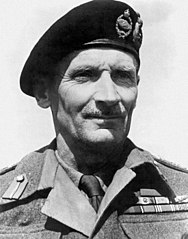
We were all used to the heat; but whereas the desert was dry, Sicily was humid. … I well remember an incident that occurred one day as I was driving in my open car up to the front. I saw a lorry coming towards me with a soldier apparently completely naked in the driver’s seat, wearing a silk top hat. As the lorry passed me, the driver leant out from his cab and took off his hat to me with a sweeping and gallant gesture. I just roared with laughter. However, while I was not particular about dress so long as the soldiers fought well and we won our battles, I at once decided that there were limits. When I got back to my headquarters I issued the only order I ever issued about dress in the Eighth Army; it read as follows: ‘Top hats will not be worn in the Eighth Army.’
— The Memoirs of Field Marshal Montgomery, 1958
A problem from the Sixth International Mathematical Olympiad, 1964: Seventeen people correspond by mail, each with all the rest. They discuss only three topics, and each pair of correspondents addresses only one of these. Prove that there are at least three people who write to each other about the same topic.
In 1941, biochemist Alexander Todd visited the Defence Research Establishment at Porton to see a demonstration of a new chemical weapon to be used against tanks. Afterward, “I proceeded to the bar where — believe it or not — there was a white-coated barman who was not only serving drinks but also cigarettes!”
I hastened forward and rather timidly said ‘Can I have some cigarettes?’
‘What’s your rank?’ was the slightly unexpected reply.
‘I am afraid I haven’t got one,’ I answered.
‘Nonsense — everyone who comes here has a rank.’
‘I’m sorry but I just don’t have one.’
‘Now that puts me in a spot,’ said the barman, ‘for orders about cigarettes in this camp are clear — twenty for officers and ten for other ranks. Tell me what exactly are you?’
Now I really wanted those cigarettes so I drew myself up and said ‘I am the Professor of Chemistry at Manchester University.’
The barman contemplated me for about thirty seconds and then said ‘I’ll give you five.’
Todd added, “Since that day I have had few illusions about the important of professors!”
(From his 1983 autobiography, A Time to Remember.)
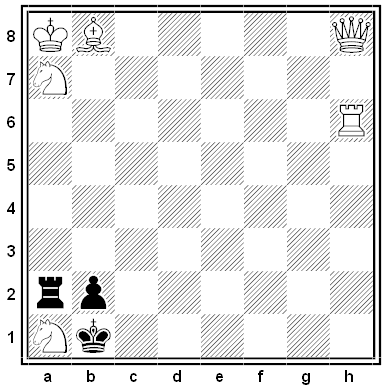
A curious chess problem from the Jamaica Gleaner. White has just moved. If he retracts this move, he can play another that forces Black to checkmate White immediately. What move does he retract?
Pick an integer greater than 1 (say, 14). List its prime factors in order from smallest to greatest (2 7), and then “paste” those factors together to create a new number (27). Apply the same procedure to that number, and keep going until you reach a prime number:
27 = 3 × 3 × 3 → 333
333 = 3 × 3 × 37 → 3337
3337 = 47 × 71 → 4771
4771 = 13 × 367 → 13367
13367 is prime, so that’s the end of that sequence: 13367 is the home prime of 14.
A home prime should exist for every positive integer, but finding them can be stupendously hard. The sequence starting with 49 has been pressed through 118 steps now without producing a prime; the search continues. Details are maintained at Patrick De Geest’s website World of Numbers.